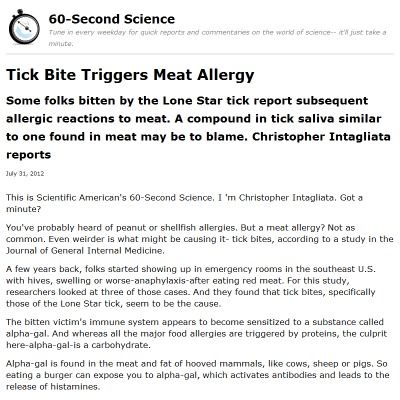
Understanding Tick Bite Rash: A Comprehensive Guide
Have you ever experienced a tick bite rash? It’s a common concern, especially during the warmer months when ticks are most active. In this detailed guide, we’ll delve into what tick bite rash is, its symptoms, causes, treatment, and prevention methods. Let’s explore this topic from multiple dimensions to ensure you have a thorough understanding.
What is a Tick Bite Rash?

A tick bite rash, also known as a tick bite reaction, is a skin irritation that occurs after a tick has attached itself to your skin and bitten you. This rash can appear in various forms, ranging from a small, red bump to a large, red, itchy patch. While most tick bite rashes are harmless, some can lead to serious complications if not treated promptly.
Common Symptoms of Tick Bite Rash

Here are some of the most common symptoms of a tick bite rash:
-
Red, itchy bump or patch on the skin
-
Swelling around the bite area
-
Redness that may spread beyond the bite area
-
Pain or tenderness at the bite site
-
Fever, chills, or fatigue
Causes of Tick Bite Rash

A tick bite rash is caused by the saliva of the tick, which contains various substances that can trigger an immune response in humans. These substances can lead to inflammation, itching, and redness. Here are some of the most common tick species that can cause a rash:
-
Black-legged tick (also known as the deer tick)
-
Western black-legged tick
-
Lone star tick
-
American dog tick
Diagnosis and Treatment of Tick Bite Rash
Diagnosing a tick bite rash is typically straightforward, as the symptoms are usually clear. However, if you’re unsure about the cause of your rash, it’s always best to consult a healthcare professional. Treatment for a tick bite rash usually involves the following steps:
-
Keep the area clean and dry
-
Apply a topical antihistamine or hydrocortisone cream to reduce itching and inflammation
-
Take an oral antihistamine, such as diphenhydramine, to alleviate itching and swelling
-
Seek medical attention if the rash is severe, spreads rapidly, or if you experience symptoms like fever, chills, or fatigue
Preventing Tick Bite Rash
Preventing a tick bite rash is crucial, especially if you spend time in tick-infested areas. Here are some tips to help you reduce your risk:
-
Wear long sleeves and pants when hiking or working in tick-infested areas
-
Use insect repellents containing DEET, picaridin, or IR3535
-
Perform regular tick checks on yourself, your family, and your pets
-
Remove ticks promptly using a fine-tipped tweezer
-
Keep your yard well-maintained to reduce tick habitats
Table: Tick Bite Rash Symptoms and Treatment
| Symptoms | Treatment |
|---|---|
| Red, itchy bump or patch | Topical antihistamine or hydrocortisone cream |
| Swelling around the bite area | Oral antihistamine |
| Redness that spreads | Seek medical attention |
| Fever, chills, or fatigue | Seek medical attention |
Understanding tick bite rash and






